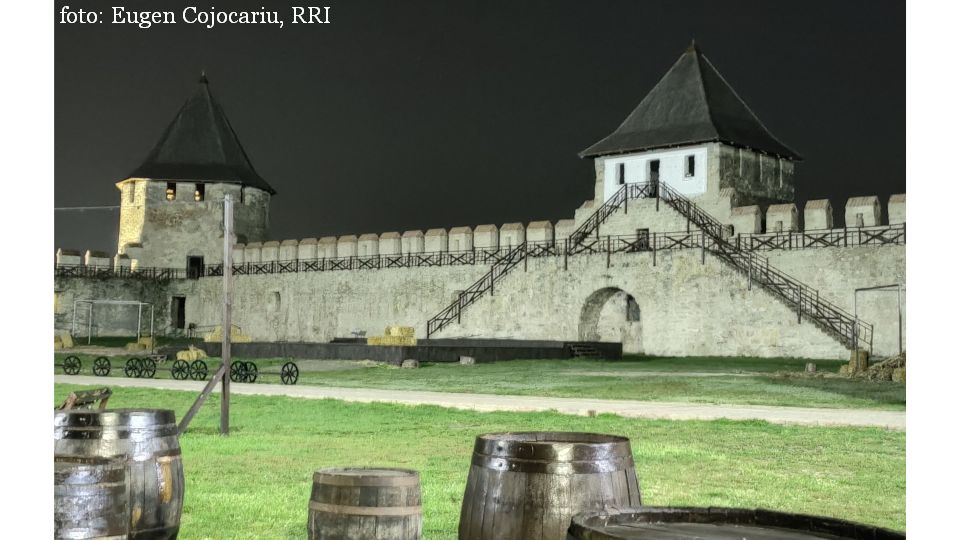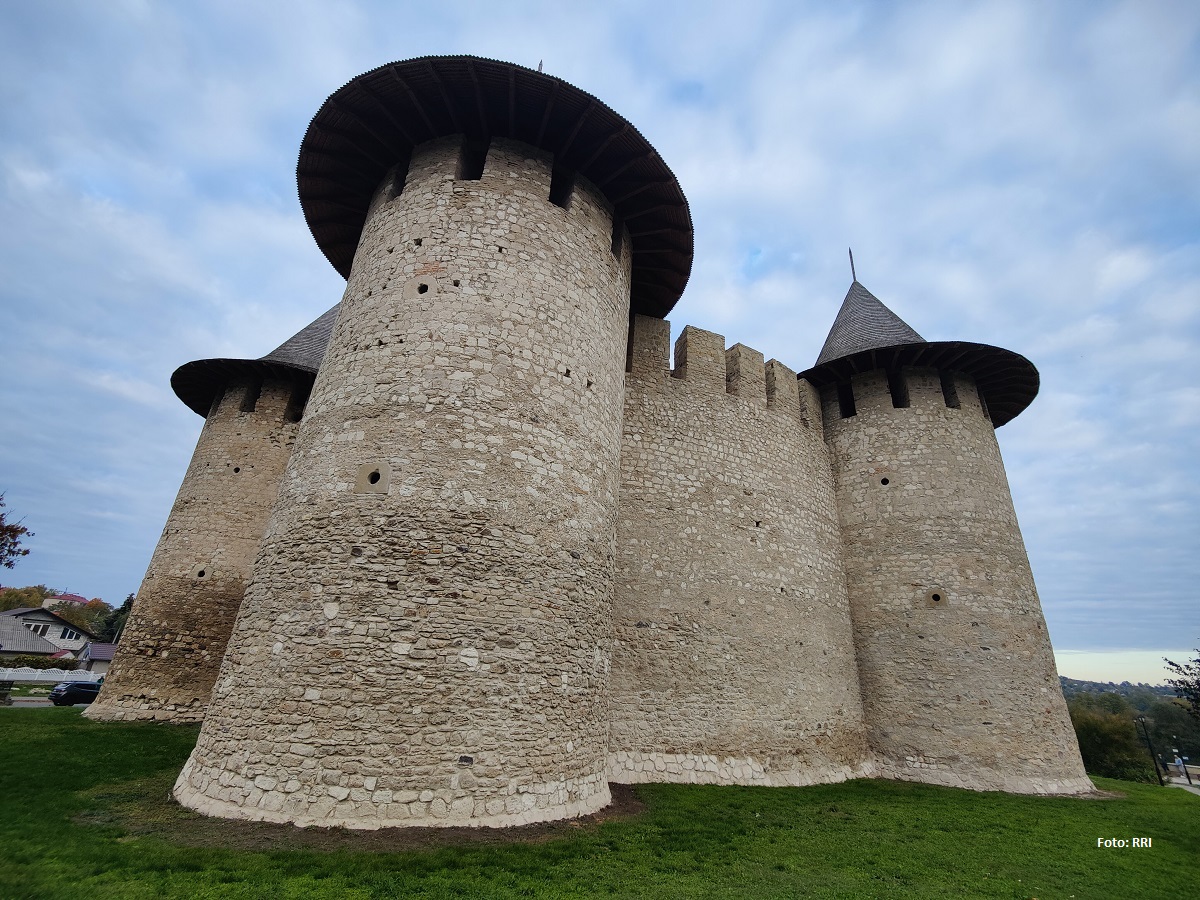Social housing in interwar Romania
In the early 20th century, Bucharest city councilors tackled the issue of sanitation and building proper housing.

Christine Leșcu, 22.09.2019, 14:20
In the early 20th century, Bucharest city councilors tackled the issue of sanitation and building proper housing for the numerous working class and the craftspeople of an already-expanding city. Thus, between 1907- 1908 there emerged a program for housing at affordable prices which was subsequently taken over by the Affordable Housing Society.
It all happened during the mandate of the Liberal mayor Vintila Bratianu and, although the plans of the Society were designed according to the urban-planning concept of garden-city, its initial stages were overshadowed by a tuberculosis epidemic that wreaked havoc among the inhabitants of Bucharest. Historian Andrei Răzvan Voinea is the author of the book entitled ‘The ideal of Bucharest housing: a family with a house and garden.
Land parceling by the Communal Affordable Housing Society — Bucharest (1908-1948)’ will next tell us more about the issues facing that epoch: “The main priority of the Society was to build houses in small districts or on land parcels on the city outskirts. In its almost 40 years of existence, the Society made the designs for a total of 4 thousand houses on around 20-25 parceled plots. The Bucharest of the 1910s looked quite differently from what we may now imagine, namely a city with beautiful villas and elegant ladies flaunting their dresses on Victoria Road. In reality, the city was being ravaged by tuberculosis. Around 6 thousand deaths per year were reported at a total population of 300 thousand, and one thousand deaths were due to tuberculosis. TB was also caused by precarious living conditions. Many people would come from the rural areas and would generally live crammed into small houses deprived of electricity and not properly ventilated. The authorities realized that they had to do something for these vulnerable people and decided to build these houses, initially sold at small prices, in installments, to workers, desk clerks, tailors, bakers and so on. In such houses, they would have had better living conditions.”
Nevertheless, in its 40 years of activity, the Society forgot its initial purpose at a certain moment and no longer focused on building affordable houses for workers and desk clerks. Here is Andrei Răzvan Voinea with more: “The Communal Affordable Housing Society concluded several partnerships as of 1912, with three or four state-owned institutions. First, it was the Railway Company, and this is how Grivita and Steaua neighborhoods were created, in the north of the capital, and Viilor neighborhood in the south-west. There followed the Administration of State Monopoly and this is how the Regie neighborhood appeared — where the Grant land parceling was made – with the Finance Ministry and with the Army. The Society had already started being more of a constructor or developer than a promoter of affordable housing. Gradually, because the Society started working very well, the demand for cheap houses started growing too. And the building designs started to exceed the minimum 40-50 square meters, the surface that would normally be affordable at a good price. A more complex type of houses started to emerge and the prices started going up too. And, all of a sudden, workers, bakers, printers, tanners and others like them no longer had access to such housing. The houses started being taken over by middle class people, mainly public servants. So, by 1948, when it was dismantled, the social purpose of the Society had been completely forgotten.”
Initially, the prices of such houses — in terms of installments and interest rates — were affordable to regular workers. Then, they got quite expensive. In 1933, when the Vatra Luminoasa neighborhood was built, the interest rate stood at 1,000 lei, at a time when some workers would earn 1,000 lei per month. Top level public servants would earn much more, but in theory at least, the program had not been developed for them. Still, the effect on the looks of the city was beneficial, because such places would be erected in strictly residential areas, equipped with all the necessary utilities from the very beginning such as electricity, sewage systems and paved streets.
The architectural value of the buildings was also obvious. Here is Andrei Razvan Voinea speaking about the architects of the Affordable Housing Society: “Maybe the most prominent of them was Ioan Traianescu. He was the architect of the cathedral in Timisoara. He was also the Society’s chief-architect, on two occasions, the first time in 1912, and then between 1923-1927. These houses look amazing from an architectural point of view. They were designed to a large extent in the neo-Romanian style, which was quite en vogue back then. Aesthetically speaking, these are houses of a great value, even today. People are still interested in them, because they were built only in residential areas, where the streets are private, narrow, and do not encourage car traffic. All the residents have a small backyard or a small patio, in places that are pretty quiet.”






























